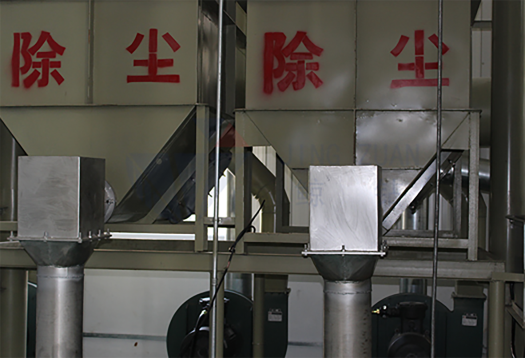
nov . 06, 2024 19:26 Back to list
Exploring the Benefits and Applications of Hydroxypropyl Methylcellulose in Various Industries
Understanding Hydroxypropyl Methylcellulose A Versatile Polymer
Hydroxypropyl methylcellulose (HPMC) is a semi-synthetic polymer derived from cellulose, a naturally occurring polymer found in plant cell walls. It has gained immense popularity across various industries, including pharmaceuticals, food, construction, and cosmetics. This article aims to explore the properties, applications, and significance of HPMC in modern product formulations.
Chemical Structure and Properties
HPMC is classified as a cellulose ether, meaning it is derived from cellulose through a chemical process that replaces hydroxyl groups with methoxy and hydroxypropyl groups. This transformation enhances the solubility of cellulose in water, leading to unique properties such as viscosity modification, film-forming capabilities, and improved stability against temperature and pH fluctuations.
One of the defining characteristics of HPMC is its ability to form gels and thicken solutions. These properties make it an excellent thickening agent and stabilizer in various applications. The degree of substitution (DS) of methoxy and hydroxypropyl groups can be adjusted during production, allowing manufacturers to tailor HPMC to specific requirements, such as desired viscosity and solubility in hot or cold water.
Applications in Pharmaceuticals
In the pharmaceutical industry, HPMC is widely utilized as a polymer matrix for controlled-release drug delivery systems. Its gel-forming ability allows for a gradual release of active ingredients, ensuring that medications are delivered consistently over time. This property is particularly beneficial for chronic conditions that require sustained therapeutic levels of drugs in the bloodstream.
Moreover, HPMC serves as a binder and coating agent in tablet formulations. Its non-toxic nature and biocompatibility make it an attractive option for various pharmaceutical preparations, including capsules, tablets, and topical applications. The polymer's ability to form a film also aids in protecting sensitive ingredients from environmental factors such as moisture and light.
hydroxypropyl methylcellulose

Food Industry Applications
In the food industry, HPMC is celebrated for its multifunctionality. It acts as a thickener, emulsifier, and stabilizer in numerous food products, including sauces, dressings, and baked goods. Its ability to retain moisture enhances texture and mouthfeel, leading to improved consumer satisfaction. Additionally, because it is a plant-based ingredient, HPMC is often used in vegetarian and vegan formulations as a substitute for gelatin and other animal-derived ingredients.
A significant advantage of HPMC in food applications is its thermal stability. Unlike traditional thickeners that may break down at high temperatures, HPMC maintains its viscosity even when subjected to heat. This characteristic is particularly useful in food processing and cooking, ensuring consistent product quality and texture.
Construction and Other Industries
Beyond pharmaceuticals and food, HPMC finds utility in construction, where it enhances the performance of cement, mortars, and plaster. It improves workability, allows for extended open time, and enhances adhesion, making it a valuable additive in building materials. The polymer's water-retaining properties also contribute to the durability and strength of construction products.
Furthermore, HPMC is prevalent in the cosmetics industry, where it is used in formulations for hair care, skincare, and personal care products. It acts as a thickener, film former, and stabilizer, providing desirable textures and consistency to lotions, creams, and gels.
Conclusion
Hydroxypropyl methylcellulose is a versatile and valuable polymer that has carved a niche for itself in various industries. Its unique properties make it an essential ingredient in pharmaceuticals, food products, construction materials, and cosmetics, among others. As researchers continue to explore its potential, HPMC will likely play an even greater role in the development of innovative products that meet the evolving demands of consumers and industries alike. Its adaptability and functional benefits ensure that HPMC remains a cornerstone of modern formulations, showcasing the beauty of utilizing nature-derived materials in synthetic applications.
-
The Widespread Application of Redispersible Powder in Construction and Building Materials
NewsMay.16,2025
-
The Widespread Application of Hpmc in the Detergent Industry
NewsMay.16,2025
-
The Main Applications of Hydroxyethyl Cellulose in Paints and Coatings
NewsMay.16,2025
-
Mortar Bonding Agent: the Key to Enhancing the Adhesion Between New and Old Mortar Layers and Between Mortar and Different Substrates
NewsMay.16,2025
-
HPMC: Application as a thickener and excipient
NewsMay.16,2025
-
Hec Cellulose Cellulose: Multi functional dispersants and high-efficiency thickeners
NewsMay.16,2025







